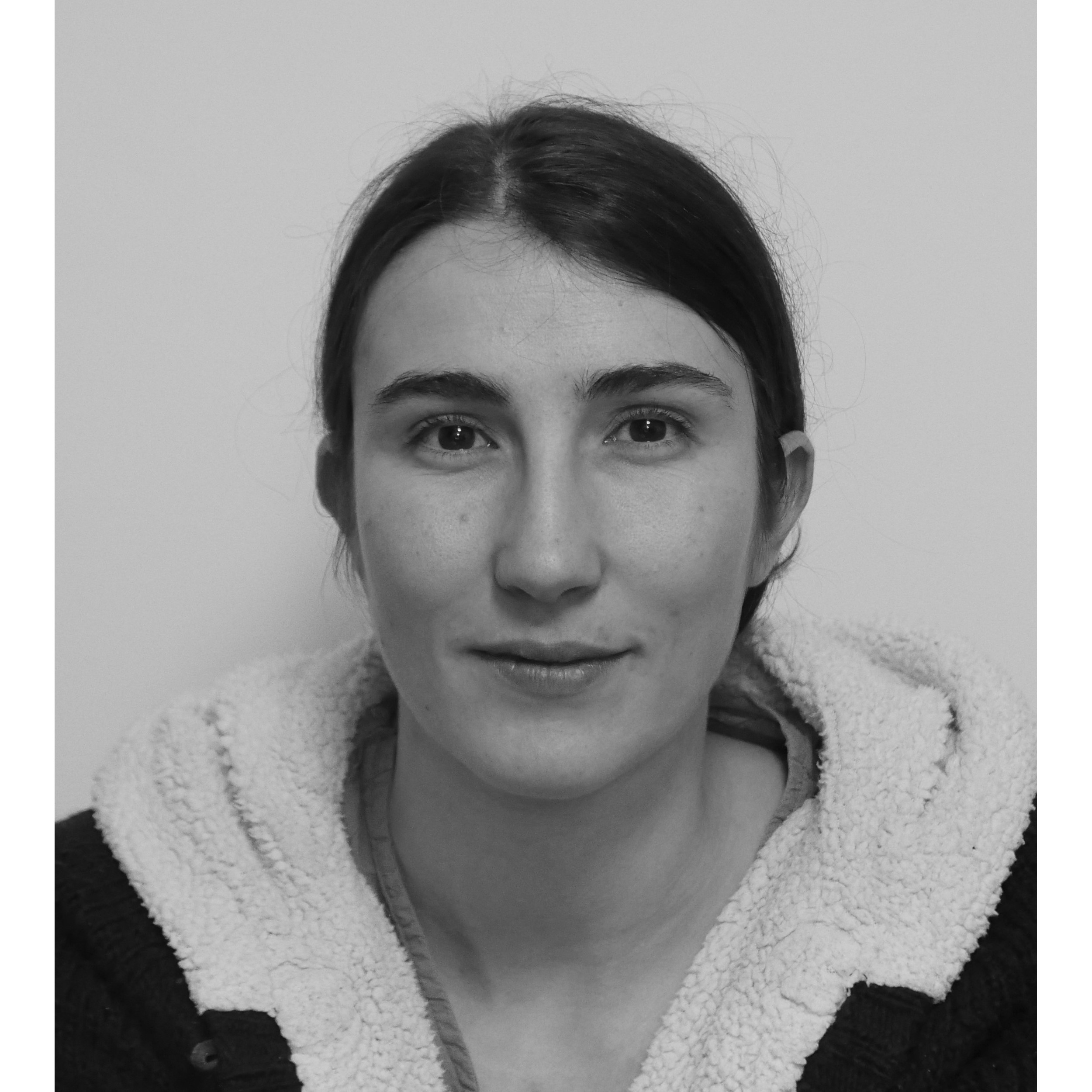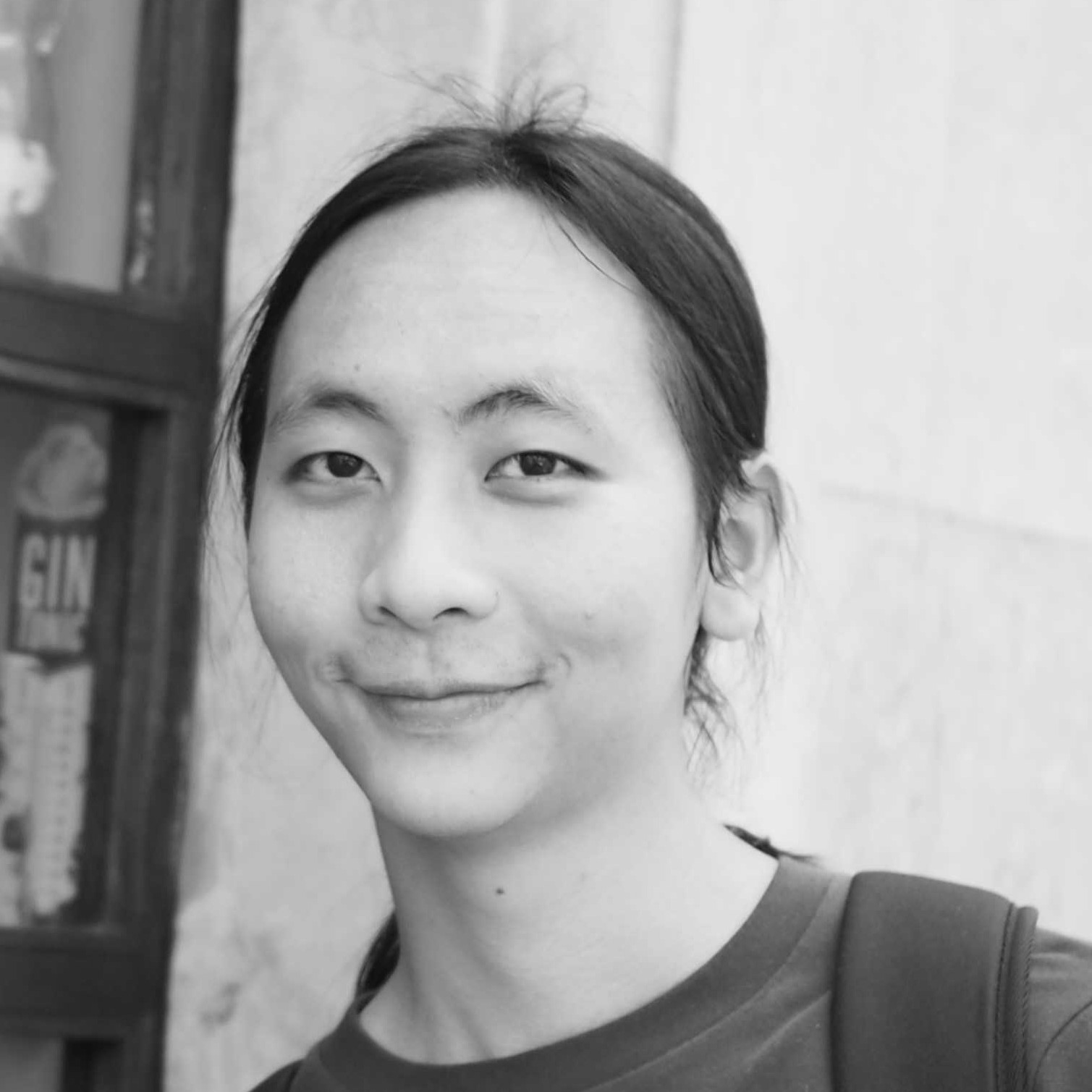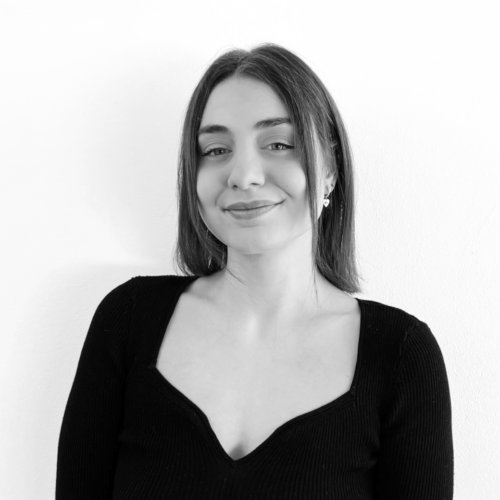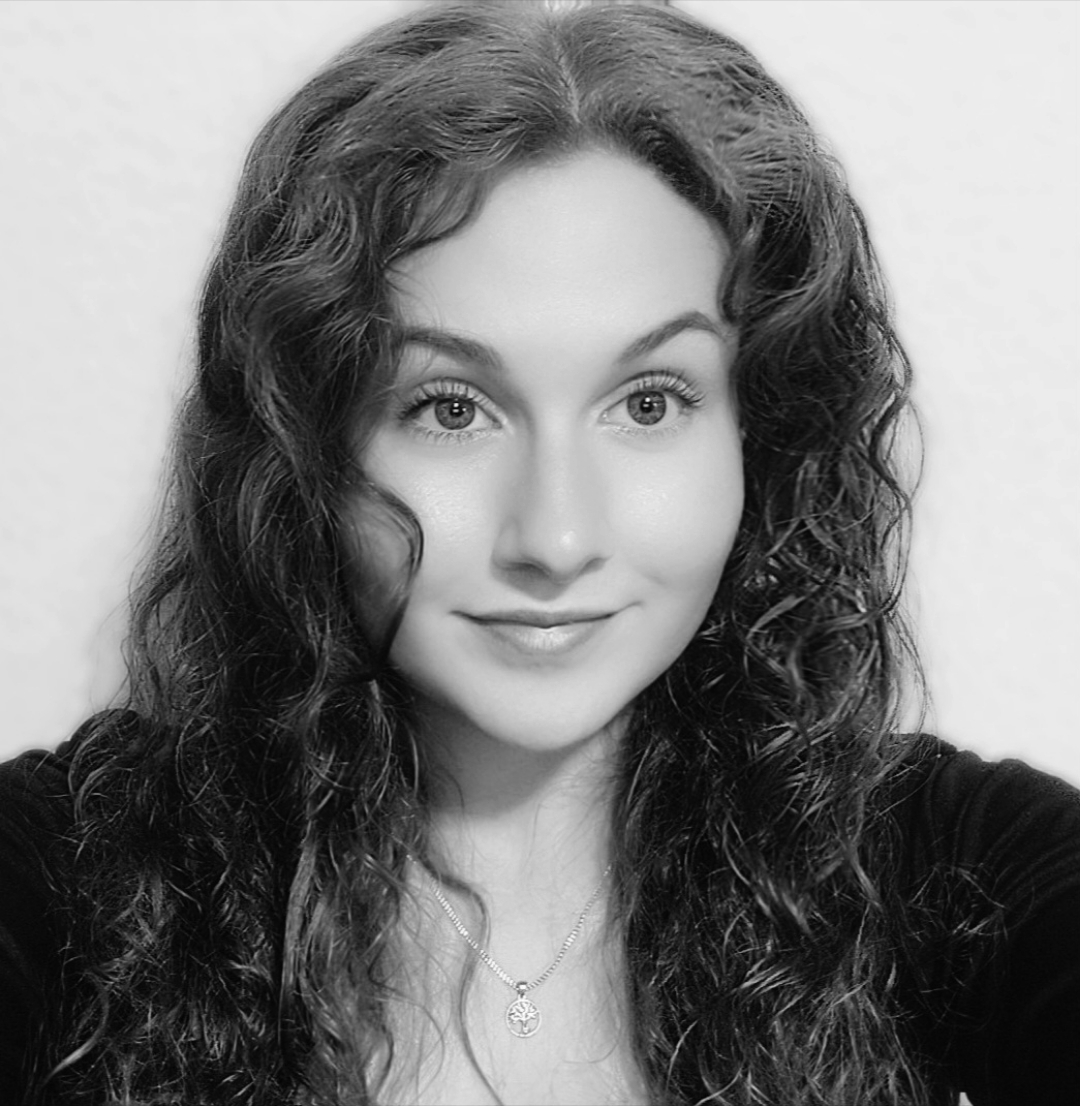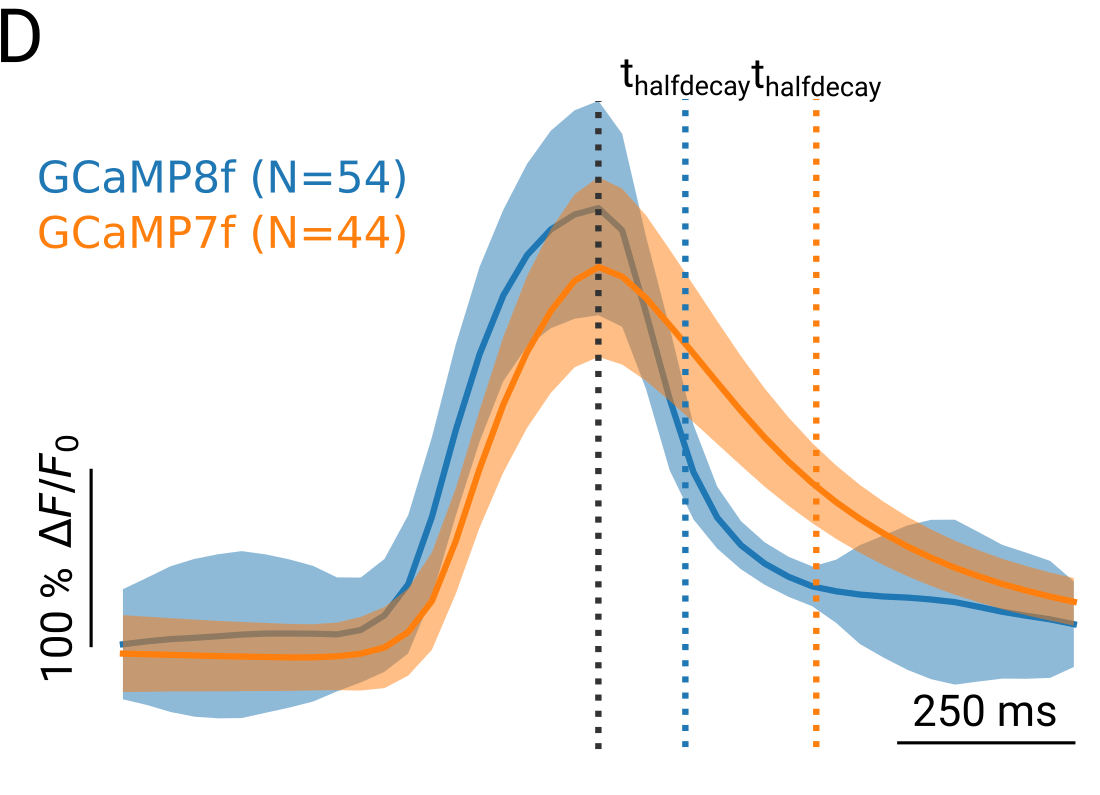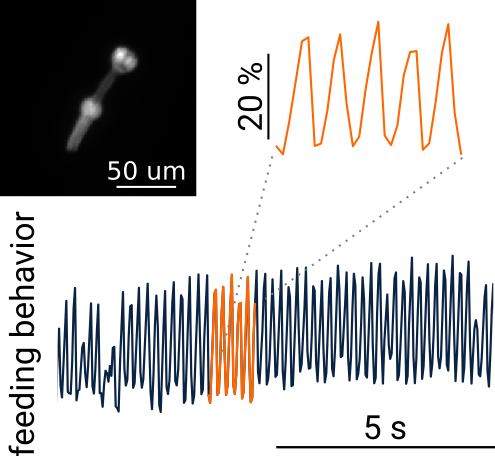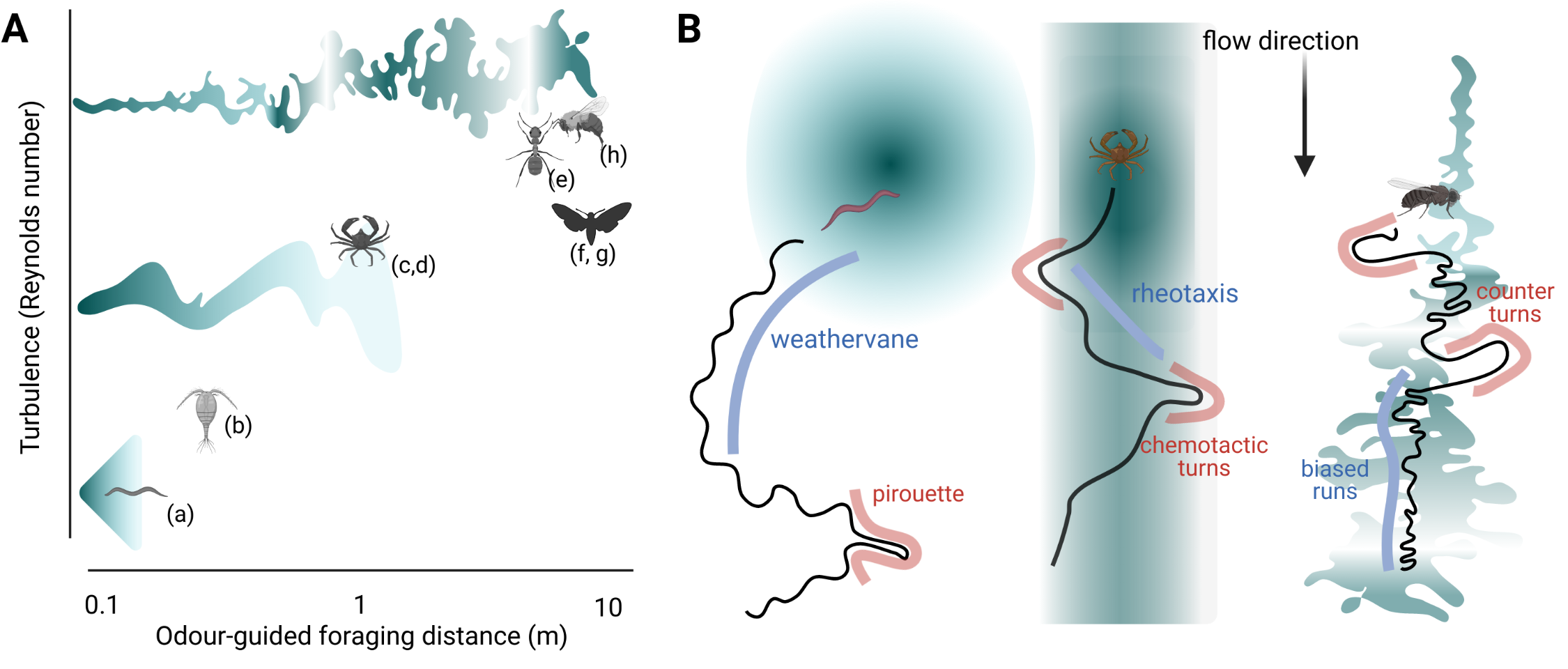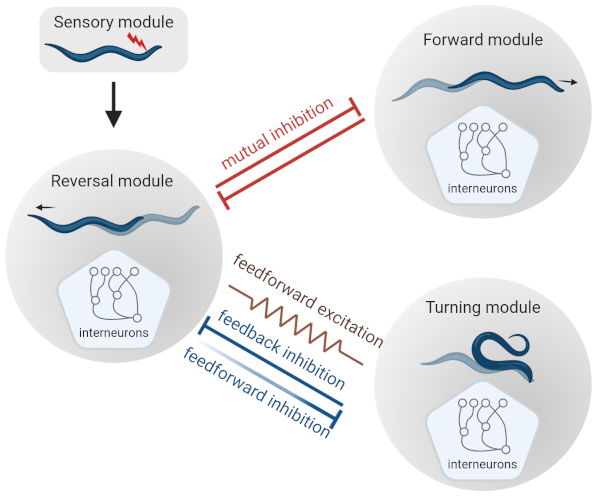Research
We study how animals use information to make behavioral decisions.
We use the foraging of the small roundworm C. elegans as a model for an ecologically relevant behavior. To successfully forage, the animal needs to combine sensory information obtained from its environment with information about its own behavioral state. We follow this information flow experimentally using behavioral assays, neural activity imaging, optogenetics and genetic perturbations. Ultimately, we want to understand how animals integrate multiple sources of information and how this drives their foraging strategy.Our research program encompasses three main directions:
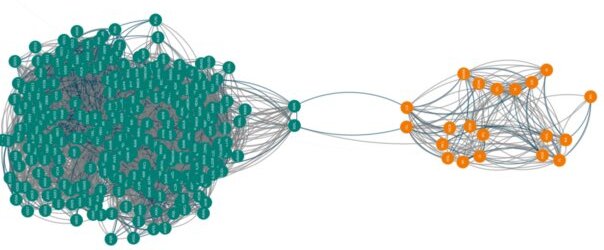
Information bottlenecks
Systems neuroscience, Signal processing, Neural Coding
Neural circuits receive many inputs, either from the outside world or from sensors encoding the current state of the organism. These inputs range from internal states such as satiety and proprioception, to external factors such as touch and food level. This multi-dimensional information needs to be compressed to reduce the signal complexity and to eventually drive a coherent behavioral output. One likely spot where such compression happens are neural bottleneck - those are circuits where many inputs are mapped to much fewer neurons and then expand again to signal to many outputs. We use an anatomical bottleneck in C. elegans to study the principles behind information flow in neural bottlenecks.
Organization of coupled behaviors
Animal behavior, Motor coordination, Control theory
To effectively interact with an environment, different behaviors need to be temporally coordinated. How animals are able to coordinate multiple behaviors into complex action sequences is an open question in neuroscience. In the worm C. elegans the neural basis of behavioral coordination can be investigated using foraging behavior which is essential for the survival of an animal. Foraging behavior relies on the coupling of locomotion and feeding to effectively seek out resource rich areas and exploit them. Both feeding and locomotion have been studied separately, but due to the range of time and length scales involved, their coordination has not been examined. Much of this coordination act via neuromodulators, which work extrasynaptically to coordinate circuits. We ask how the pharyngeal and locomotory circuits are coupled by dopamine, serotonin and how predatory nematode regulate their behaviors.
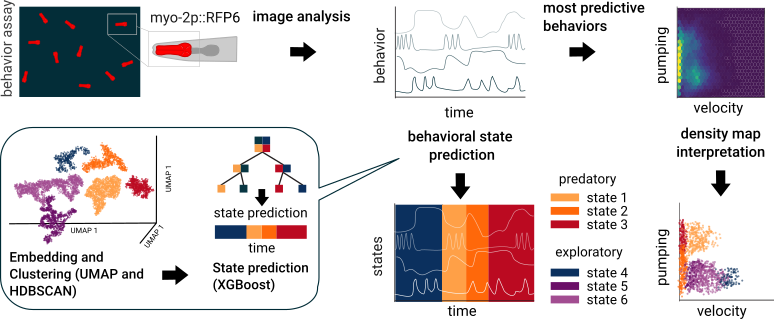
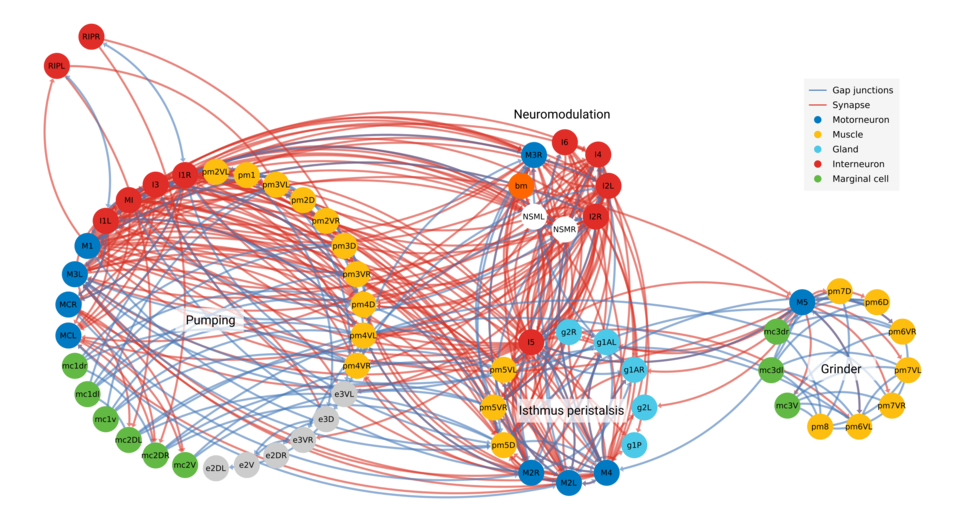
Models of circuits and behaviors
Machine-learning, agent-based models, Simulations
Using rich behavioral and neuronal data, we develop models to predict behavioral states and classify underlying modulatory dynamics. We also use agent-based models to investigate effective foraging, and circuit level models to study the underlying computation. We also collaborate with theoretical colleagues from the BaBOTS project to understand how collective behaviors are implemented.




